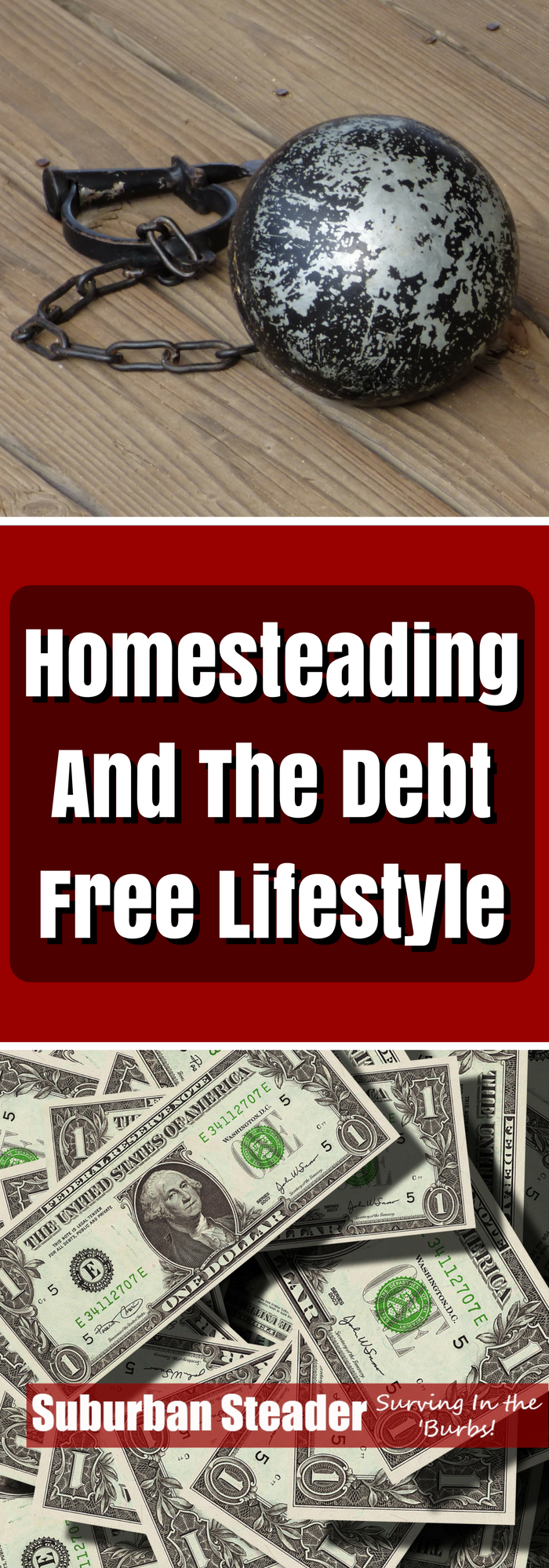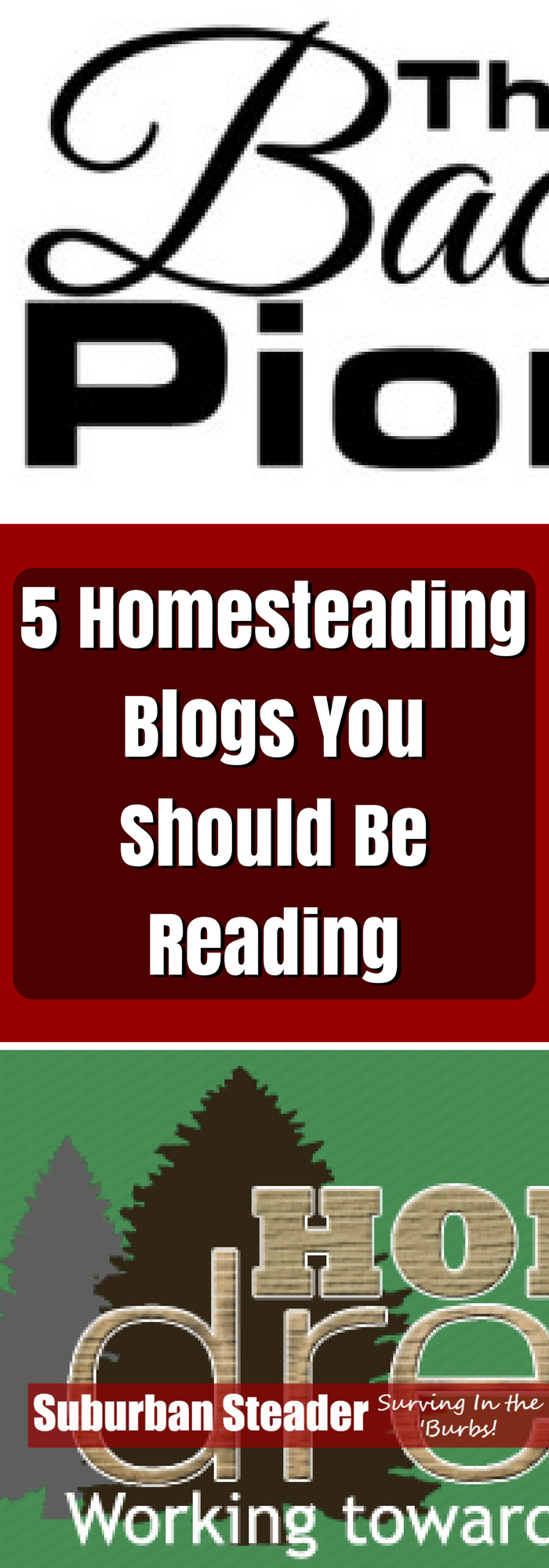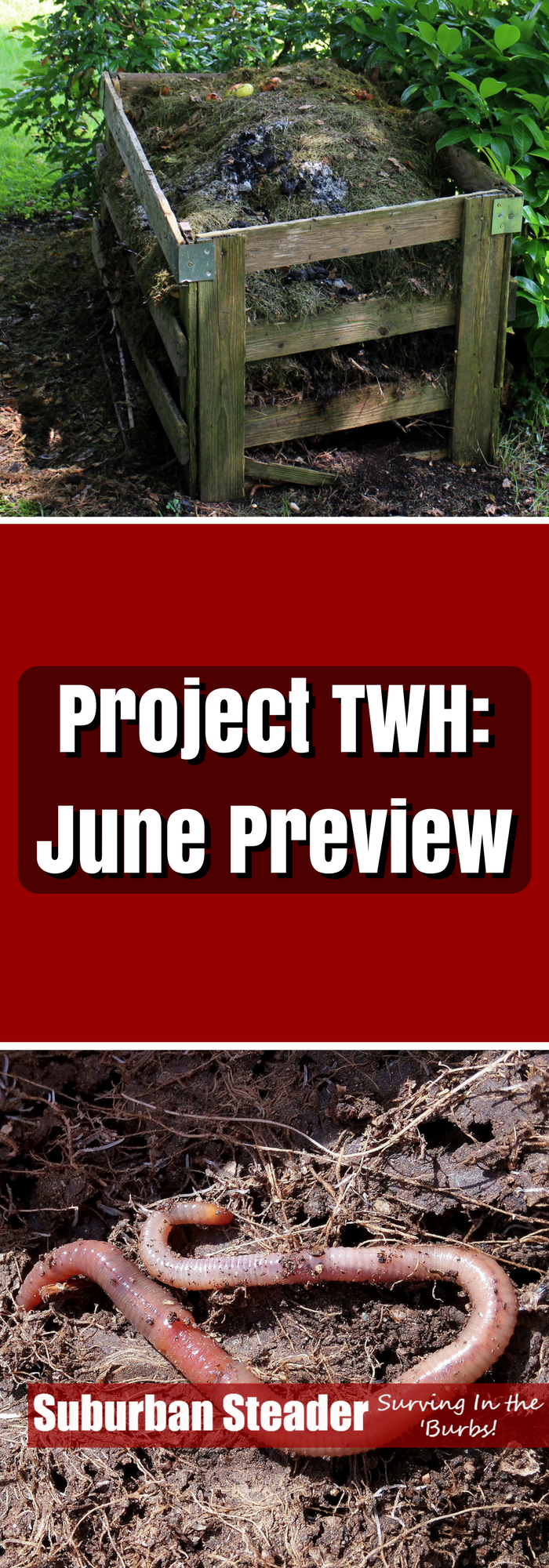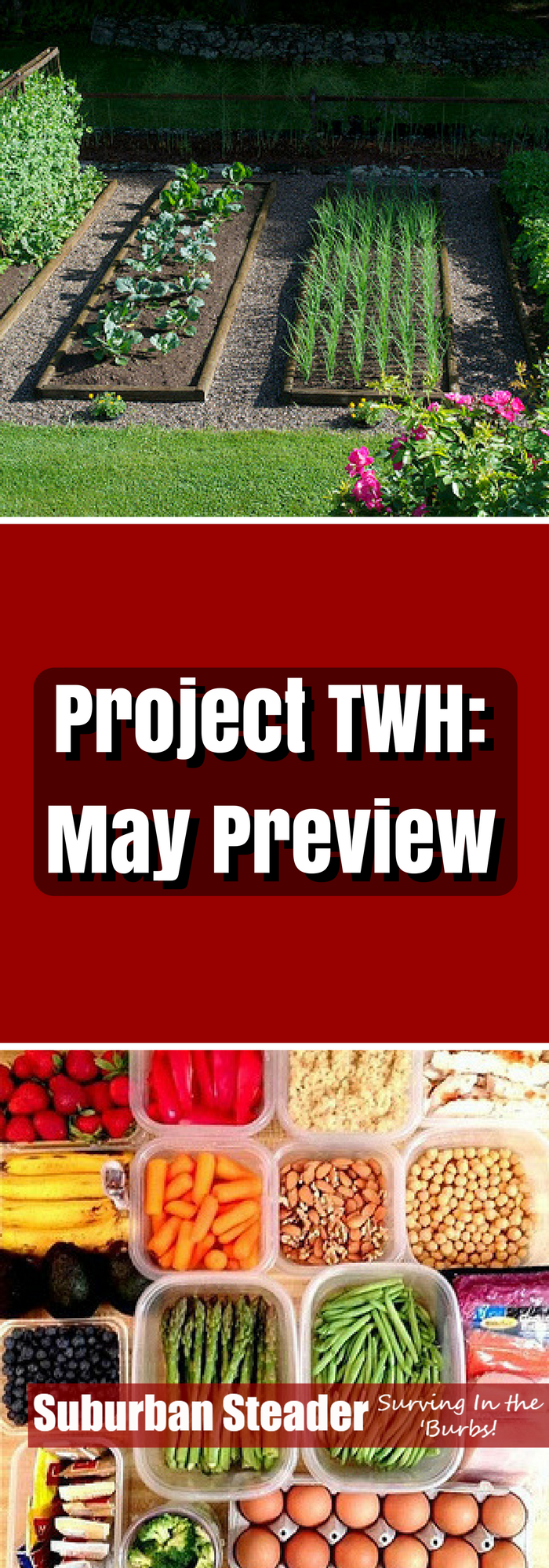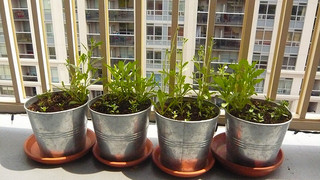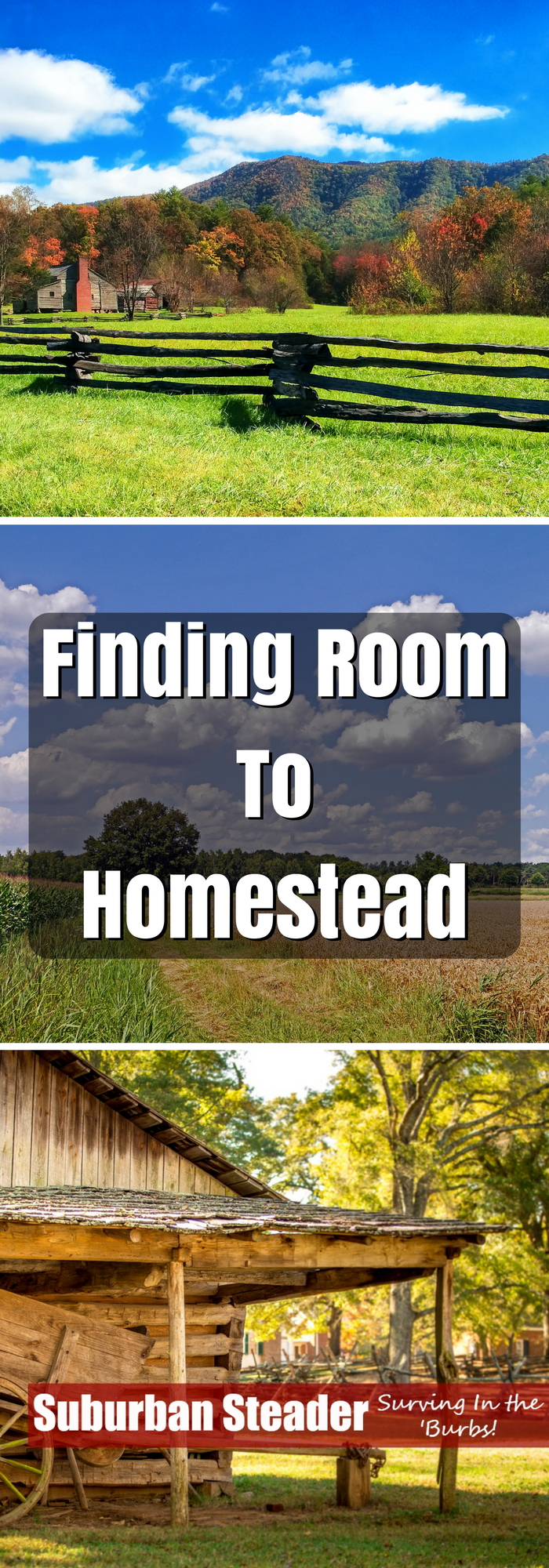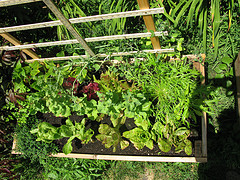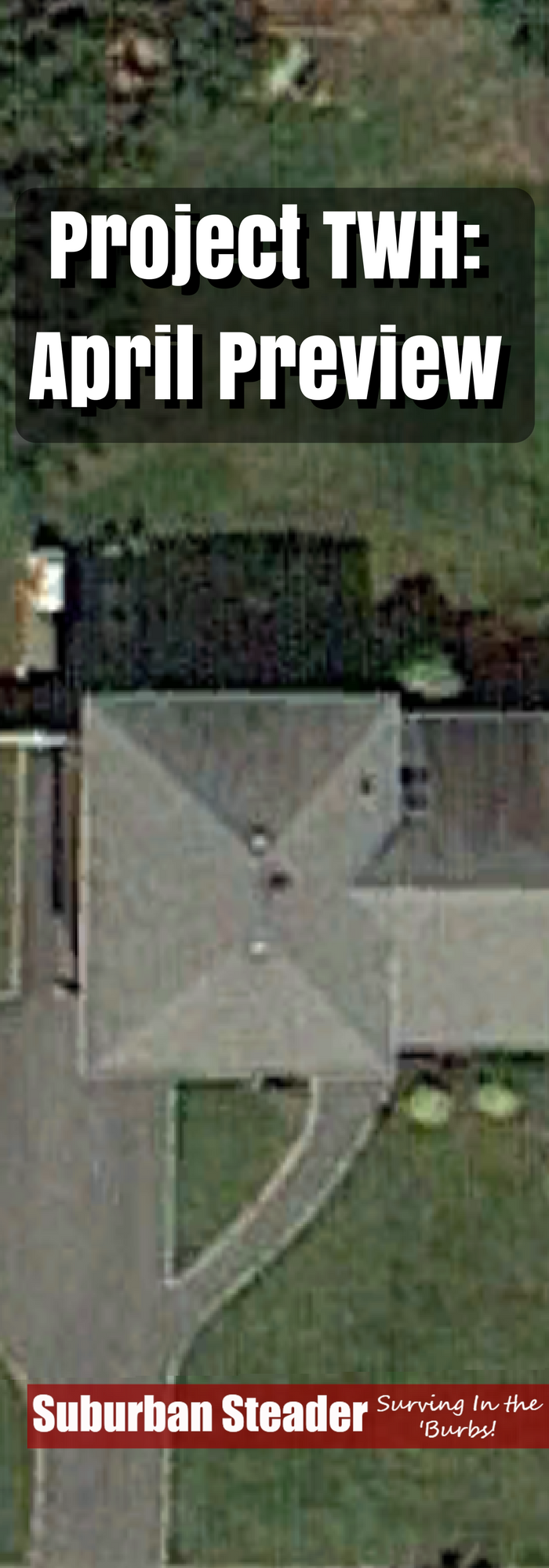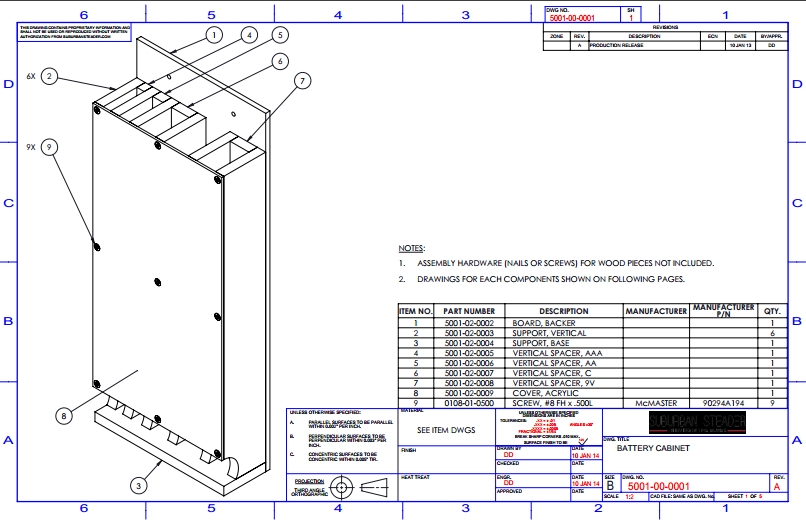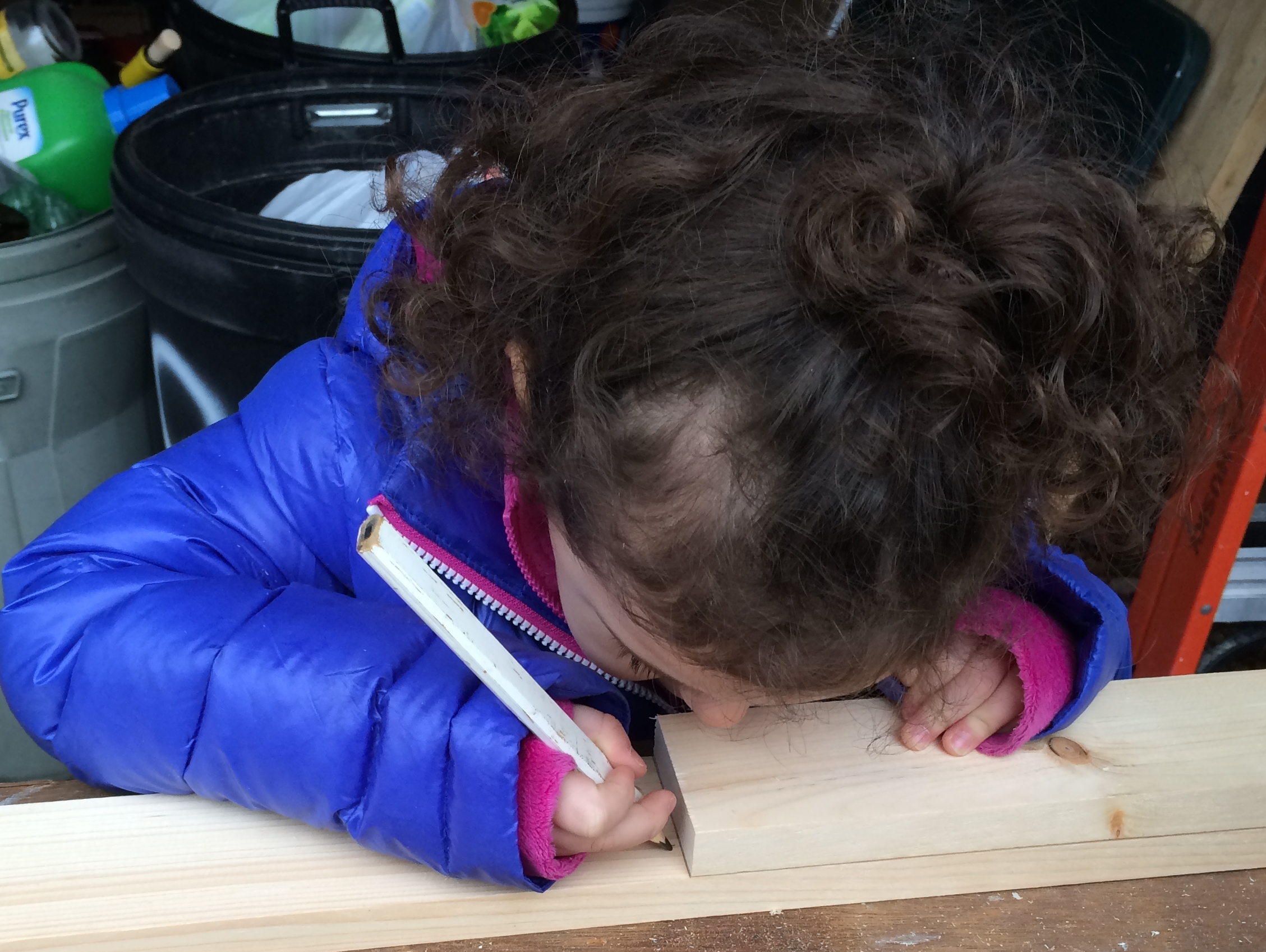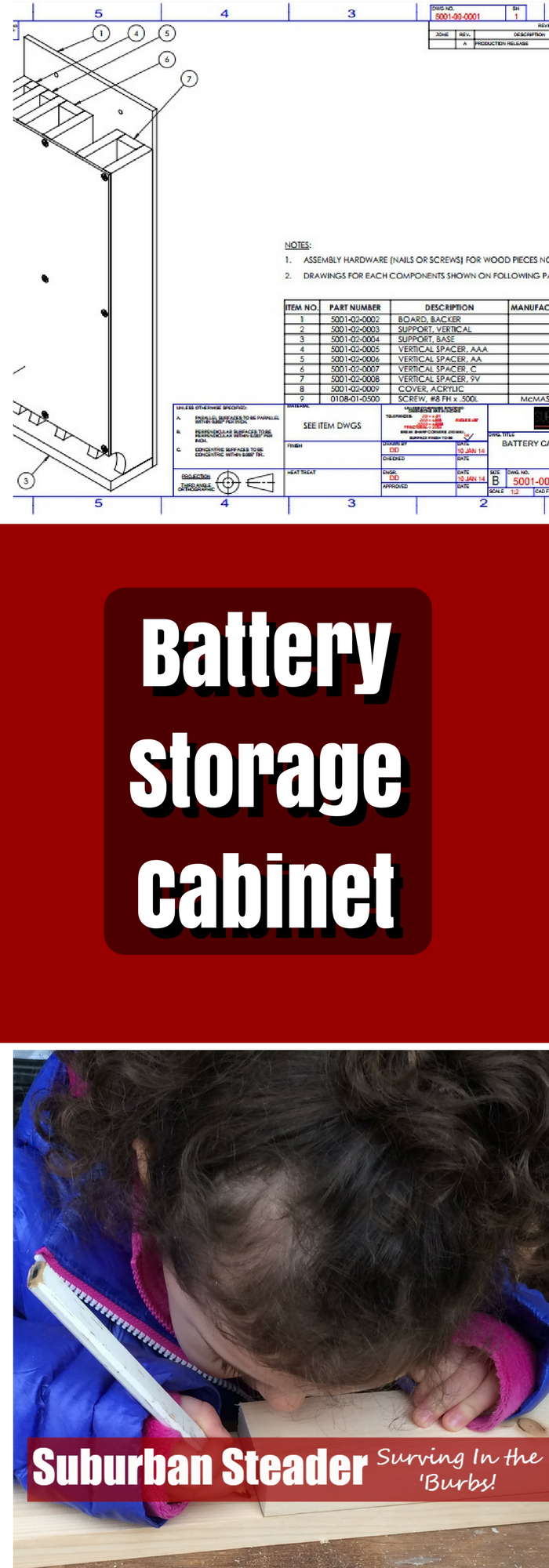Homesteading And The Debt Free Lifestyle
It’s difficult being an urban homesteader. In order to make it, you need to be independent. Independence can mean many things, but a lot of people think of owning a good amount of land. So what is a poor city inhabitant who longs for the country life supposed to do? Become debt free!
Going Debt Free
Homesteading and independence go hand-in-hand with being debt free. The tips below will allow you to homestead anywhere. They will also show you how to cut expenses and save cash. The culmination of this effort can result in a debt free lifestyle. The same kind of lifestyle that might see you own that real estate in the country.
Container Gardening
Think you need a patch of earth to grow vegetables? Reconsider. You can grow tomatoes, lettuce, squash and potatoes in simple containers. Items such as barrels, pots or hay bundles will do.
Even better, container gardening is perfect for those new to planting. You have fewer plants to manage, less weeding and less immediate cost and time. You can grow a significant number of crops in minimal space, even if all you have is a small balcony. All you need is a little planning.
Zucchini and strawberries can grow in hanging wicker bins. Similarly, tomatoes can be grown in little tubs.
Gardening and growing vegetables doesn’t require large machinery or planting equipment. All you have to do is make use of the things available to you.
Make and Use a Solar Oven
One of your biggest expense can be your utilities. Have you thought about how you can continue on the debt free path and cook for free? A Solar Oven is simple to make and can completely reduce your utility costs.
Keep Some Chickens
A friend of mine hatched chicks from prepared eggs utilizing an electric skillet set on low. They used some water to keep the air inside the skillet soggy and a towel to pad the eggs. Five of the eggs hatched and three of the birds made it to adulthood. She now keeps these three hens in her lawn. When they are mature enough, these animals will supply her with eggs once a day.
The cost of feed will most likely be offset by the amount of money you spend on eggs. You can take the savings and put it towards your debt free goals.
Raising chickens isn’t for everyone. Make sure you check the rules and regulations of your city. Also, make sure you are on board with raising livestock. It’s a full-time commitment.
Live Simply
A smart thought for anybody, yet key for a trying homesteader. Figure out how to curtail costs now, keeping in mind you are busy. Dispose of the extra costs in your life. A homesteading lifestyle requires that you figure out how to deal with what you have as opposed to rushing to the store for something new.
Do you need those three TV sets? What about that vast closet of clothes? Learn to get by with what you have now. Heading to the store when you’ve ‘made it’ might not be as easy as you think.
Conclusion
Living simply also means curtailing any extra costs that you might be incurring. Doing things like paying off any loans that you have taken as soon as possible can lead to a debt free lifestyle. Do not to buy items on credit. The simple life may be what’s needed to get you to your debt free goals.
